This article was co-authored by Art Lewin. Art Lewin is an Entrepreneur based in Los Angeles, California. He specializes in business, sales, marketing, and real estate investing. Art is the CEO and Founder of four companies based in Los Angeles: Art Lewin Bespoke, Healthy Choice Labs, SFR Properties, and Professional Business Network (PBN). Art is known globally for his exclusive custom-made and ready-to-wear business wear designs. Some of his notable clients include royal family members, politicians, and Hollywood stars including Hugh Hefner, Sylvester Stallone, Johnny Carson, Steve Allen, and William Shatner.
There are 8 references cited in this article, which can be found at the bottom of the page.
wikiHow marks an article as reader-approved once it receives enough positive feedback. In this case, 100% of readers who voted found the article helpful, earning it our reader-approved status.
This article has been viewed 801,507 times.
A mission statement distills the heart and soul of a company in an engaging, memorable paragraph or two. Your mission statement is your chance to create a compelling picture of your company for the rest of the world to see. To get started, have a brainstorming session about what you want your statement to include. Look at examples below to get a basic idea of what a mission statement looks like. Craft the statement, then ask others to help you perfect it. Read on to learn more about how to write a mission statement.
Steps
Sample Mission Statements
Crafting the Statement
-
1Define your company by way of an actionable goal. Now that you've brainstormed plenty of ideas, it's time to narrow them down to the best and most interesting, to get at the heart of your company and what it has to offer. Write a sentence that captures what your company is and what it aims to do. Here are a few examples:[1]
- From Starbucks: "Our Coffee. It has always been, and will always be, about quality. We’re passionate about ethically sourcing the finest coffee beans, roasting them with great care, and improving the lives of people who grow them. We care deeply about all of this; our work is never done."[2]
- From Ben and Jerry's: "Product Mission: To make, distribute and sell the finest quality all natural ice cream and euphoric concoctions with a continued commitment to incorporating wholesome, natural ingredients and promoting business practices that respect the Earth and the Environment."
- From Facebook: "Facebook’s mission is to give people the power to share and make the world more open and connected."
-
2Add concrete, quantifiable elements. Steer away from writing a mission statement with a big, idealistic vision that isn't rooted in anything concrete. Mission statements that sound like they were spewed from a mission statement generator cause people's eyes to glaze over and totally defeat the purpose.[3]
- Instead of saying something like "We aim to make the world a better place," tell which customers you're aiming to help. Look back at your brainstorming notes for concrete ideas.
- Instead of saying something like "We'll continue to innovate to make our product the best it can be," say something real about what you're developing. What constitutes "best" in your field?
Advertisement -
3Add some personality. Play with the language so that it reflects your company's personality and style. If your company is formal and conservative, your language should be formulated to match. If your company is playful and fun, you can get creative with the language to emphasize that side of your company. Look back at your brainstorming notes for ideas.
- Word choice is important, but the structure of your mission statement can also help you make a point. Some companies start with one word that totally encapsulates the mission of the company, then write a sentence or two elaborating.
- Consider breaking it down into several smaller mission statements. What's your mission in terms of your product? How about your customer service mission? If you want to elaborate on a certain area that's important to your company's image, go ahead.
-
4Leave out the fluff. A statement with too many adjectives can end up seeming totally meaningless. "We collectively aim to synergistically customize multimedia based, next-generation tools of empowerment." What? As you write your mission statement, carefully choose words that actually mean something to you and your company. Remember that the point of a mission statement is to communicate the truth about your company. Write what you know![4]
-
5Make sure it's not too long. Your mission statement should be clear and concise, and in most cases, no longer than a short paragraph. This makes it easier to repeat, copy, and showcase for the world to see. Don't get muddled up in a wordy mission statement you won't be able to describe to someone when they ask what your mission is. Best case scenario, your mission statement will become your slogan.[5]
Finalizing the Statement
-
1Get other company members involved. If your company has other employees, they should have a say in the mission statement, too. Make sure it accurately reflects people's vision for the company. If you read it to other employees and they stare at you blankly, you might be off track.
- That said, it's difficult to write anything, even a mission statement, when a lot of people are giving their opinion. There's no need to completely alter it unless people don't think it's accurate or honest.
- Have someone proofread your mission statement to clean up spelling and grammatical errors.
-
2Test it out. Put your mission statement on your website, print it on brochures, and find other ways to share it with those who are interested. What reactions does it elicit? If you like the feedback you're getting, your mission statement is serving its purpose. If it seems to confuse people, you might need to revisit it.
- A mission statement should lead people to ask intelligent questions. People should want to know more.
-
3Revise it when necessary. As your company evolves, so should your mission statement. Never let it seem dated or full of information that's no longer relevant to your company's situation. You should revise it about once a year to keep it fresh. There's no need to start from scratch, but it's a good idea to continually evaluate whether the statement still reveals the heart and soul of your company.
Brainstorming
-
1Ask yourself why you are in business. This is the core question that will determine the tone and content of your mission statement. Why did you start this business? What goals do you hope to achieve? Figure out the main purpose of your business as a way to get the brainstorming session started.[6] Here are a few related follow-up questions you can also ask yourself:[7]
- Who are your customers, or the people you aim to help?
- What role do you play in the industry or field?
-
2Figure out your company's defining characteristics. The tone of your mission statement should reflect your company's style and culture - its personality, if you will. Think about how you want your customers and other companies to perceive you, and write down the traits you believe best represent your company. Think about the following questions:[8]
- Is your company conservative and solid, or are you aiming to be groundbreaking and cutting edge in terms of style?
- Do you want to be seen as a company with a sense of humor and a playful side, or would that be too unprofessional?
- What's your company culture like? Is there a strict dress code and a formality to the place, or are people allowed to come to work in jeans?
-
3Determine what makes your company stand out. Your mission statement doesn't have to be shocking or "unique" as long as it clearly expresses your goals and style. However, if you're attempting to do something out of the ordinary with your business, you should put that in your mission statement.[9] Is there anything that makes your company special? Write it down.[10]
-
4Make a list of your company's concrete goals. Finally, your mission statement should include one or more solid goals. What's your long-term plan for the company? What are your short-term plans? What's the most important thing you're trying to do?[11]
- Your goals can be centered around customer service, dominating a certain market, helping make people's lives better with your product, and so on.
- Keep your company's personality in mind when you're writing down your goals. The two should reflect one another.
Expert Q&A
-
QuestionWhat should a mission statement focus on?
 Art LewinArt Lewin is an Entrepreneur based in Los Angeles, California. He specializes in business, sales, marketing, and real estate investing. Art is the CEO and Founder of four companies based in Los Angeles: Art Lewin Bespoke, Healthy Choice Labs, SFR Properties, and Professional Business Network (PBN). Art is known globally for his exclusive custom-made and ready-to-wear business wear designs. Some of his notable clients include royal family members, politicians, and Hollywood stars including Hugh Hefner, Sylvester Stallone, Johnny Carson, Steve Allen, and William Shatner.
Art LewinArt Lewin is an Entrepreneur based in Los Angeles, California. He specializes in business, sales, marketing, and real estate investing. Art is the CEO and Founder of four companies based in Los Angeles: Art Lewin Bespoke, Healthy Choice Labs, SFR Properties, and Professional Business Network (PBN). Art is known globally for his exclusive custom-made and ready-to-wear business wear designs. Some of his notable clients include royal family members, politicians, and Hollywood stars including Hugh Hefner, Sylvester Stallone, Johnny Carson, Steve Allen, and William Shatner.
Entrepreneur A mission statement should obviously focus on what you're doing, but also mention what you specialize in. Make sure you specialize in 1 thing so your mission doesn't seem too broad—for instance, instead of being a clothing company, you might specialize in custom suits and shirts.
A mission statement should obviously focus on what you're doing, but also mention what you specialize in. Make sure you specialize in 1 thing so your mission doesn't seem too broad—for instance, instead of being a clothing company, you might specialize in custom suits and shirts. -
QuestionWhat should a mission statement include?
 Art LewinArt Lewin is an Entrepreneur based in Los Angeles, California. He specializes in business, sales, marketing, and real estate investing. Art is the CEO and Founder of four companies based in Los Angeles: Art Lewin Bespoke, Healthy Choice Labs, SFR Properties, and Professional Business Network (PBN). Art is known globally for his exclusive custom-made and ready-to-wear business wear designs. Some of his notable clients include royal family members, politicians, and Hollywood stars including Hugh Hefner, Sylvester Stallone, Johnny Carson, Steve Allen, and William Shatner.
Art LewinArt Lewin is an Entrepreneur based in Los Angeles, California. He specializes in business, sales, marketing, and real estate investing. Art is the CEO and Founder of four companies based in Los Angeles: Art Lewin Bespoke, Healthy Choice Labs, SFR Properties, and Professional Business Network (PBN). Art is known globally for his exclusive custom-made and ready-to-wear business wear designs. Some of his notable clients include royal family members, politicians, and Hollywood stars including Hugh Hefner, Sylvester Stallone, Johnny Carson, Steve Allen, and William Shatner.
Entrepreneur Always mention the service your business offers—that's really, really important.
Always mention the service your business offers—that's really, really important. -
QuestionHow do I write a mission statement for a health clinic?
 Community AnswerStart with your goals. Most health clinics are there to help people; you can start with this aspect.
Community AnswerStart with your goals. Most health clinics are there to help people; you can start with this aspect.
Warnings
- Try not to state the obvious or boast about how great your company is.⧼thumbs_response⧽
- Be sure that the statement is not limiting or too expansive in what it portrays. It should be realistic but instill a sense of purpose while having a leading edge toward tomorrow's vision.⧼thumbs_response⧽
- Do not become stagnant like buggy and whip companies that went bankrupt having failed to adjust to steady and rapid change--not incorporating the new opportunities provided by horseless carriages to flow into a new purpose, vision and mission.⧼thumbs_response⧽
References
- ↑ http://www.fastcompany.com/1400930/how-write-mission-statement-isnt-dumb
- ↑ http://www.starbucks.com/about-us/company-information/mission-statement
- ↑ https://www.business.com/articles/the-art-of-words-how-to-write-the-perfect-mission-statement/
- ↑ https://www.wordstream.com/blog/ws/2016/12/07/company-mission-statements
- ↑ https://www.wordstream.com/blog/ws/2016/12/07/company-mission-statements
- ↑ Art Lewin. Entrepreneur. Expert Interview. 11 June 2021.
- ↑ http://www.entrepreneur.com/article/65230
- ↑ https://www.forbes.com/sites/patrickhull/2013/01/10/answer-4-questions-to-get-a-great-mission-statement/
- ↑ Art Lewin. Entrepreneur. Expert Interview. 11 June 2021.
- ↑ https://www.tinypulse.com/blog/what-is-a-company-mission-statement-and-why-is-it-important
- ↑ Art Lewin. Entrepreneur. Expert Interview. 11 June 2021.
About This Article
To write a mission statement, begin your statement with an actionable goal that helps to define your company. For example, your goal might be providing hand crafted tables that provide high paying jobs to artisans in your community. Then, add a few sentences with concrete, quantifiable information, like being 100% organic or donating 10% of proceeds to charity. Feel free to show your personality through the language you choose, but aim to keep your mission statement a paragraph or less. To learn how to figure out your company's goals and characteristics, keep reading!
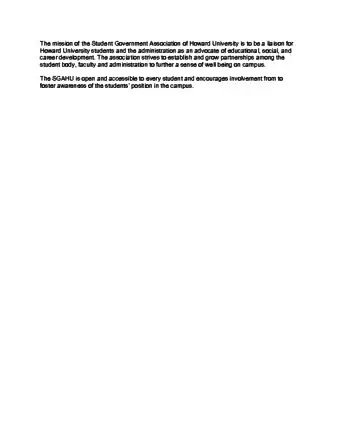

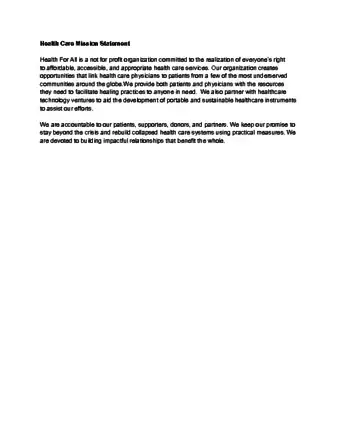
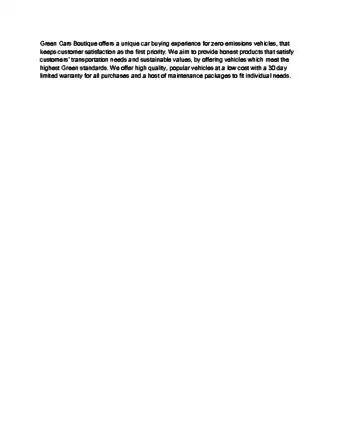

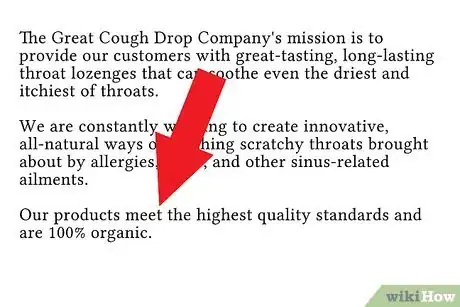
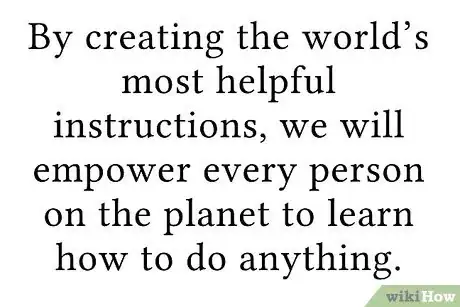
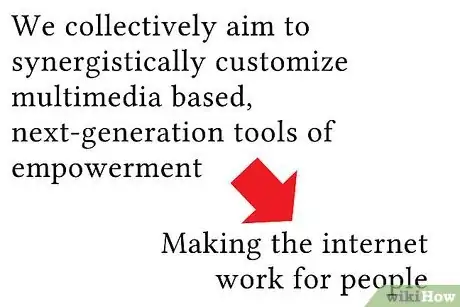




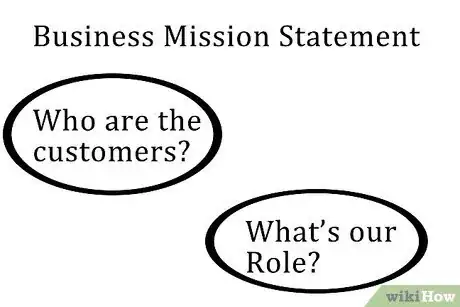


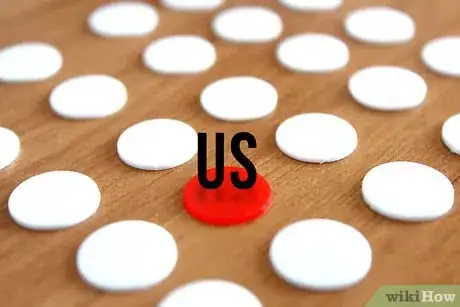
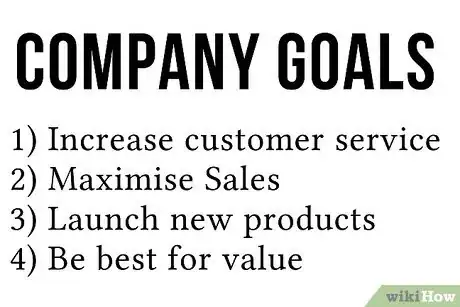



(3)-Nonprofit-Organization-Step-19-Version-2.webp)

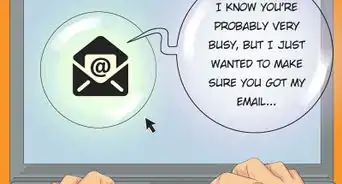


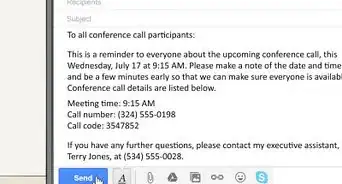

















(3)-Nonprofit-Organization-Step-19-Version-2.webp)


































